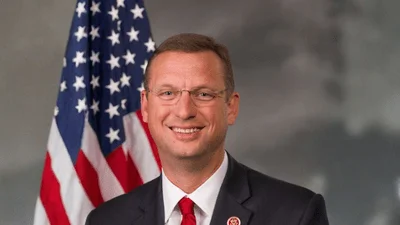Twelve projects that will increase and improve the U.S.'s carbon-management capabilities are getting more than $250 million in federal funds, the U.S. Department of Energy announced recently.
The 12 selected projects, located in seven states, "will expand carbon dioxide (CO2) transportation and storage infrastructure to help significantly and responsibly reduce CO2 emissions from power generation and industrial operations," the DOE states in its May 17 news release.
"Carbon dioxide emissions are fueling global warming, which has increased the threat of droughts, severe fires, rising sea levels, floods, catastrophic storms, and declining biodiversity," the DOE states in the release. "The projects announced today will enable the capture, transport, and conversion or permanent storage of hundreds of millions of tons of CO2 emissions every year to help mitigate the impacts of climate change."
A total of $242 million in funding is going to nine projects developing new, expanded, large-scale commercial carbon-storage projects able to secure 50 or more metric tons of carbon dioxide, the release reports. The projects selected were required to focus on their communities by creating quality jobs, advancing environmental justice and supporting community partnerships, according to the release.
Three projects will receive $9 million for engineering-design studies for a network of regional pipelines to safely and efficiently transport captured carbon dioxide to manufacturers or permanent storage facilities, the release reports. The projects are to focus on costs, network configurations, and technical and commercials considerations, according to the release.
The DOE announced also in the release that it has re-opened the $2.25 billion Carbon Storage Validation and Testing funding opportunity, which has expanded its application requirements.
“Less pollution, cleaner air and more jobs are the upshots of President Biden’s Investing in America agenda,” U.S. Secretary of Energy Jennifer Granholm said in the news release. “Thanks to historic clean energy investments, DOE is building out the infrastructure needed to slash harmful carbon pollution from industry and the power sector, revitalize local economies, and unlock enormous public health benefits.”





